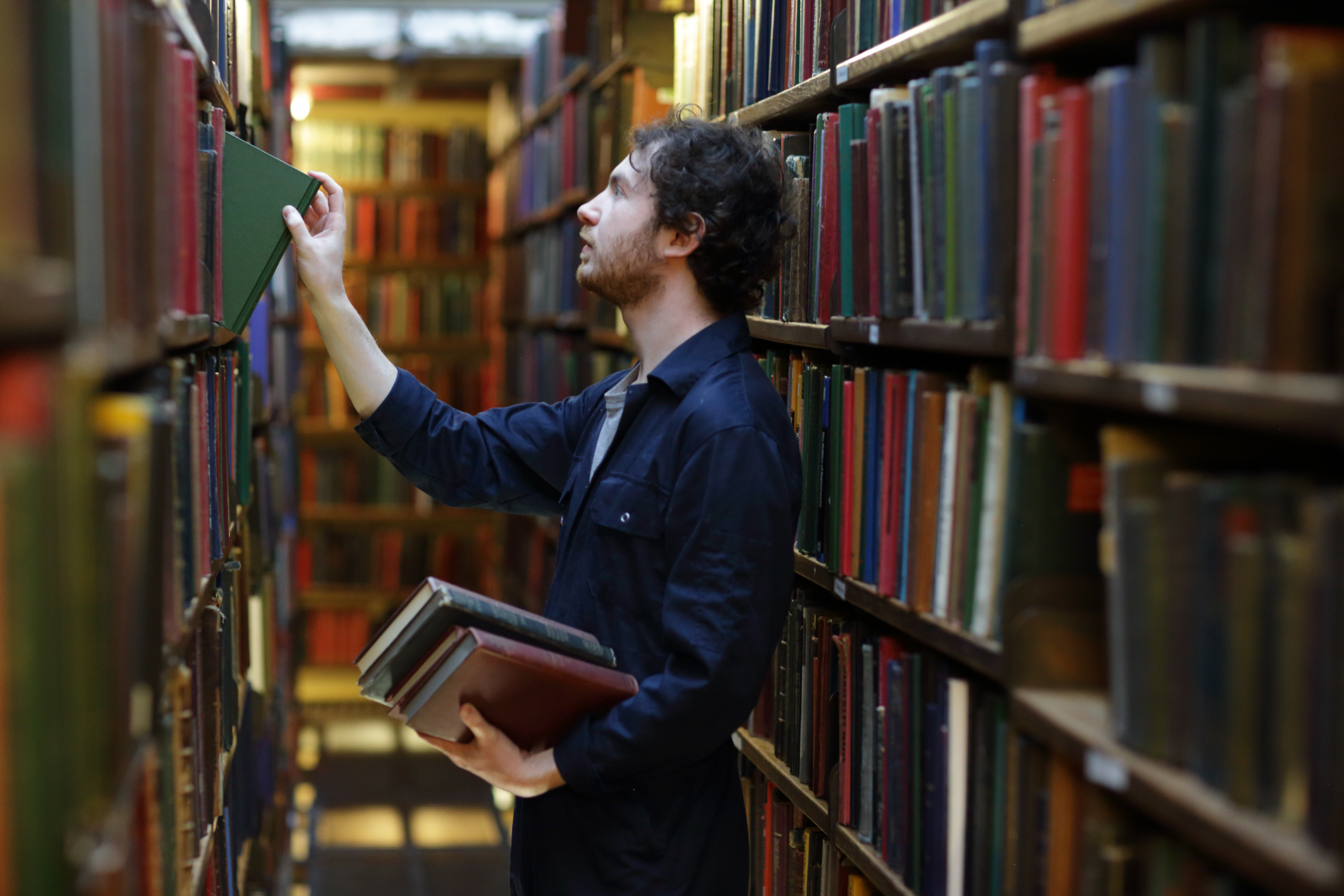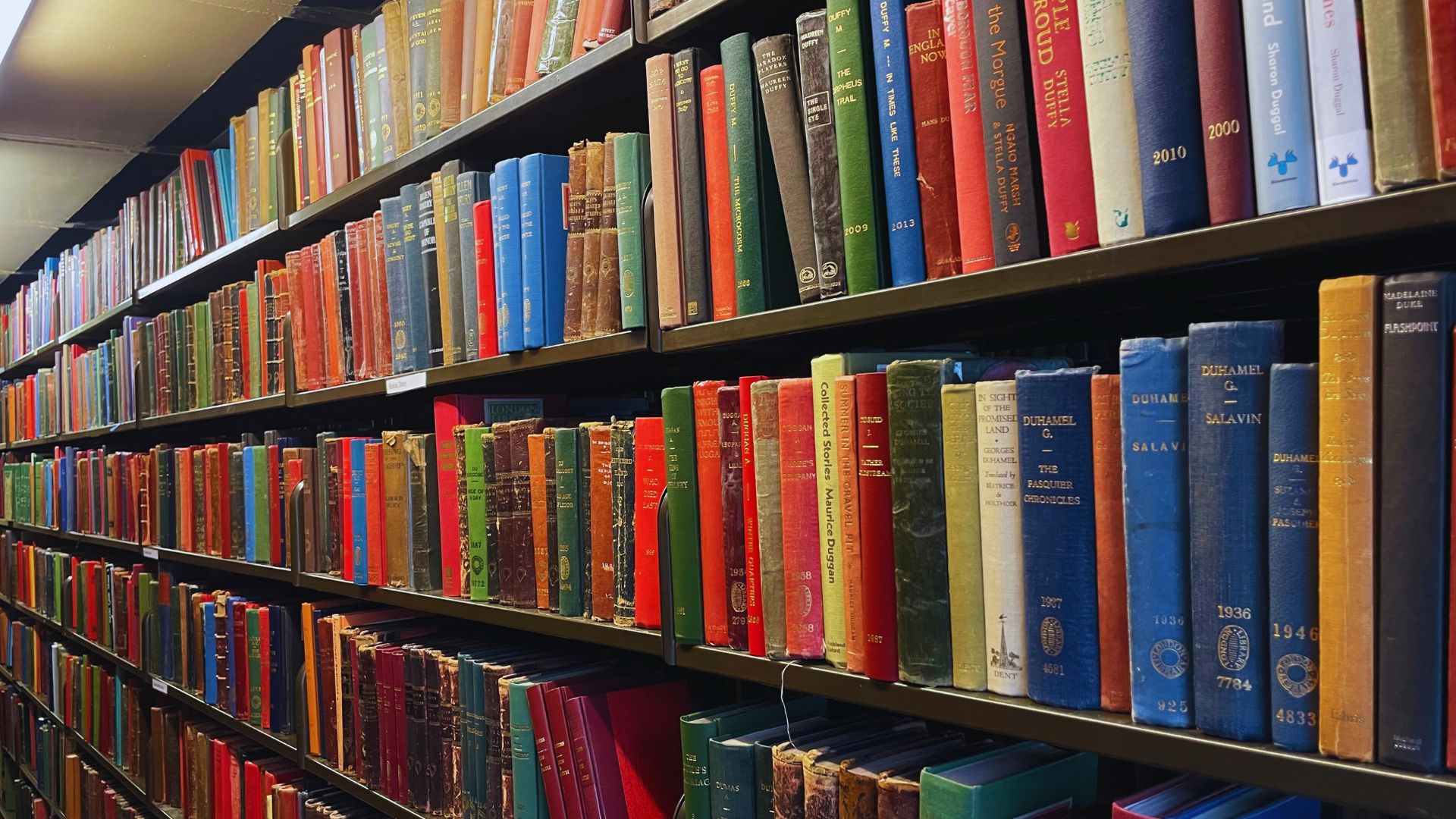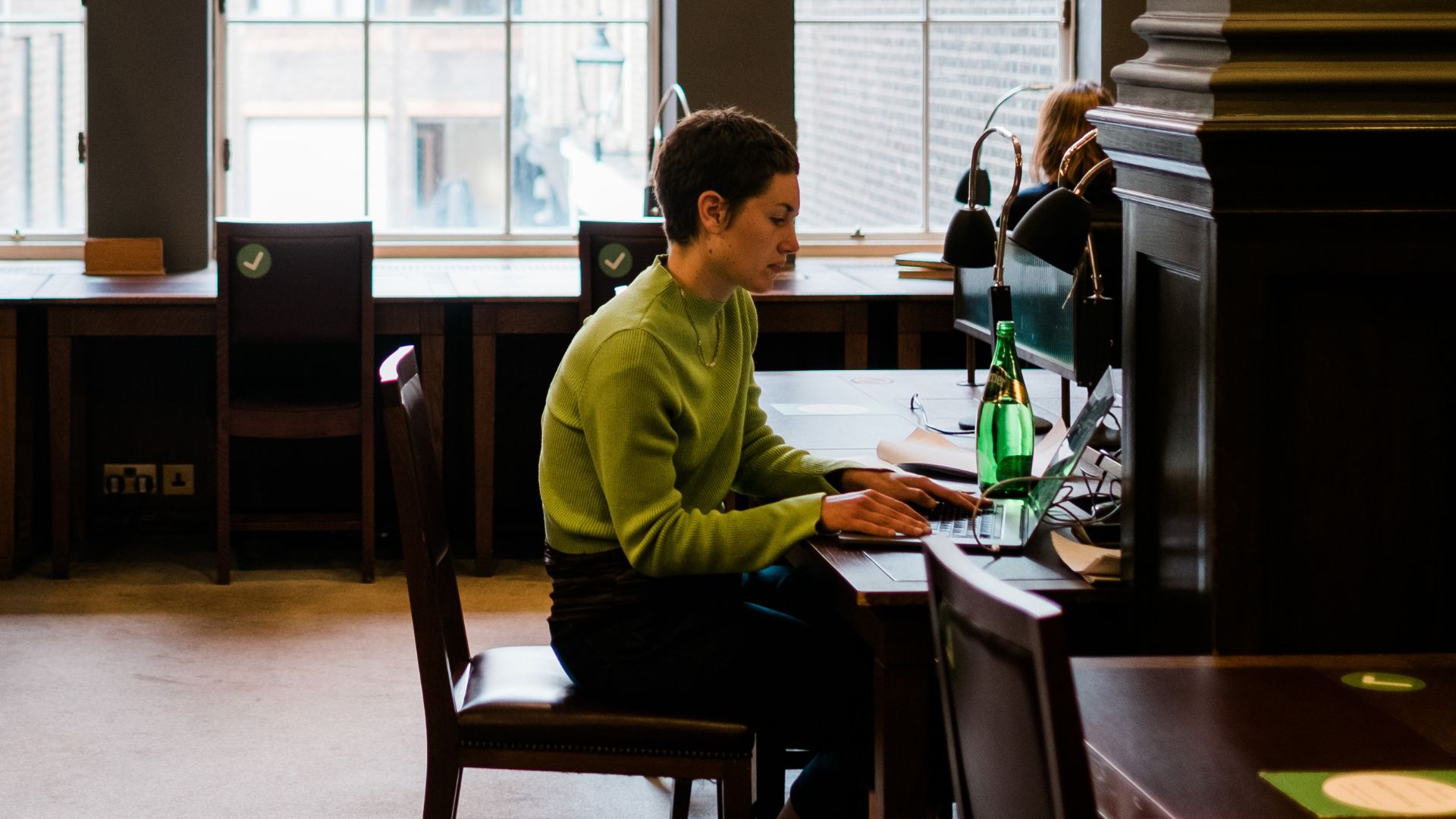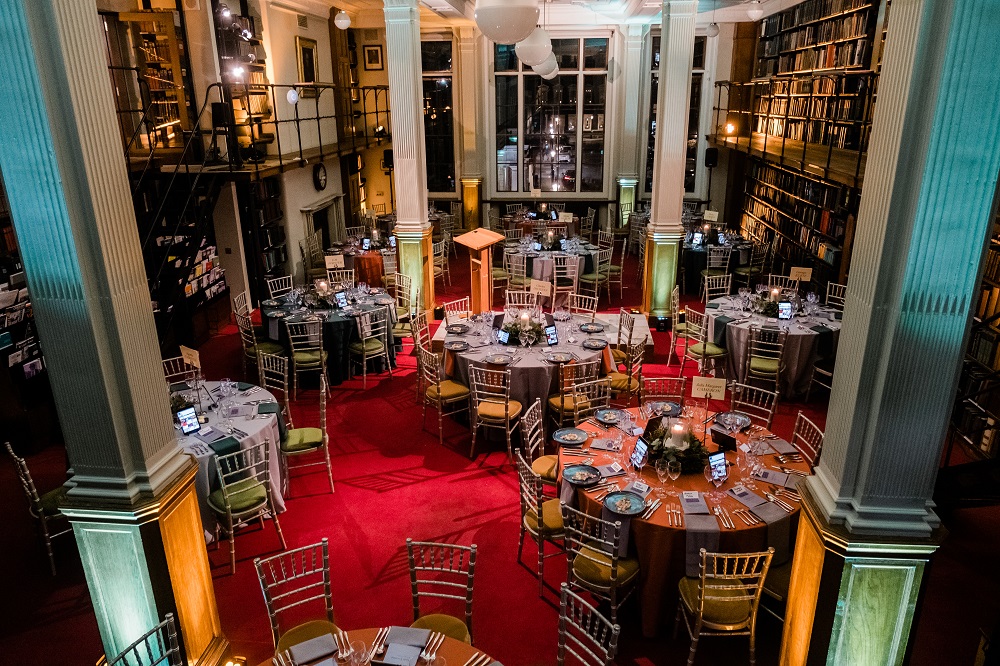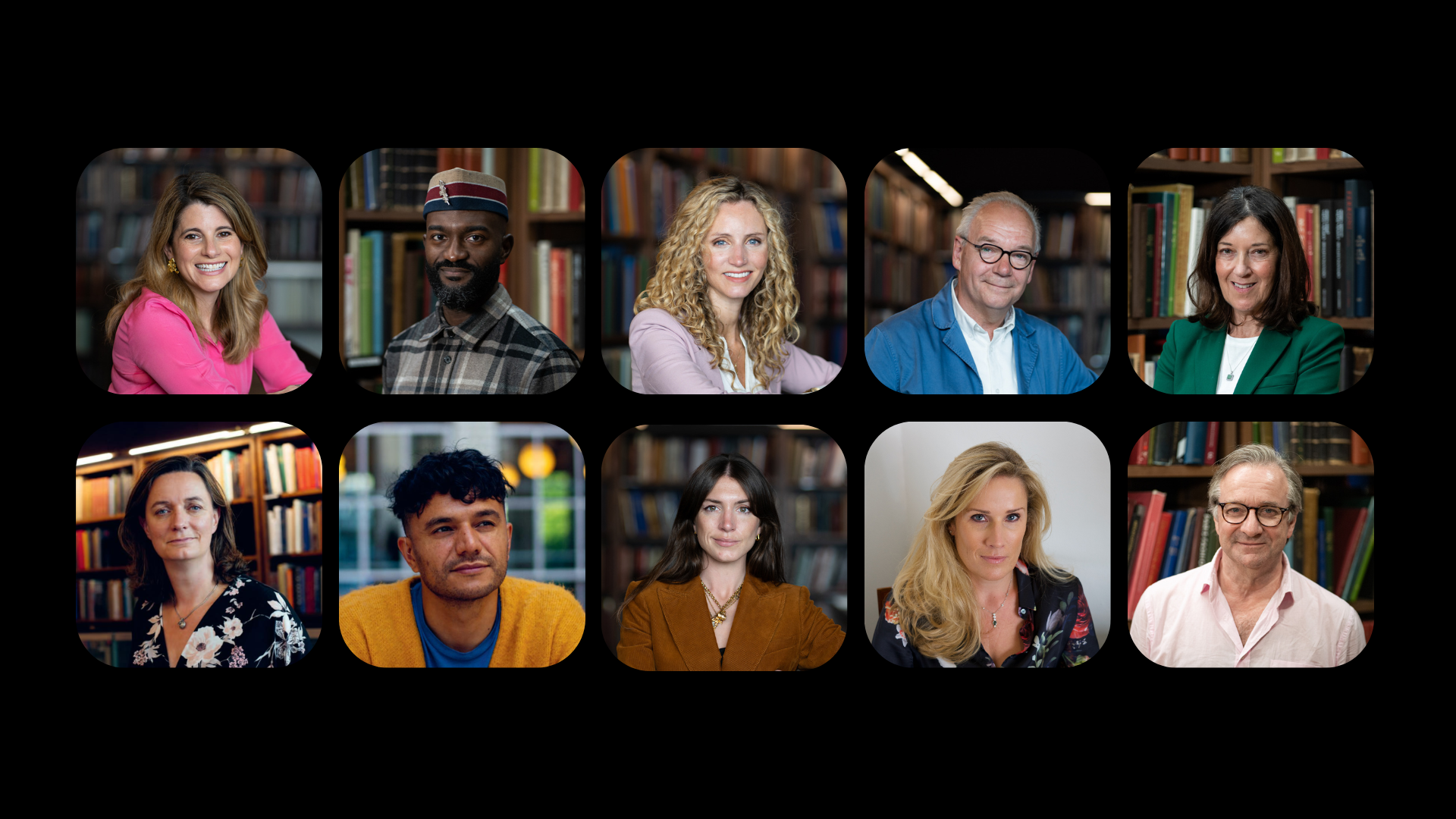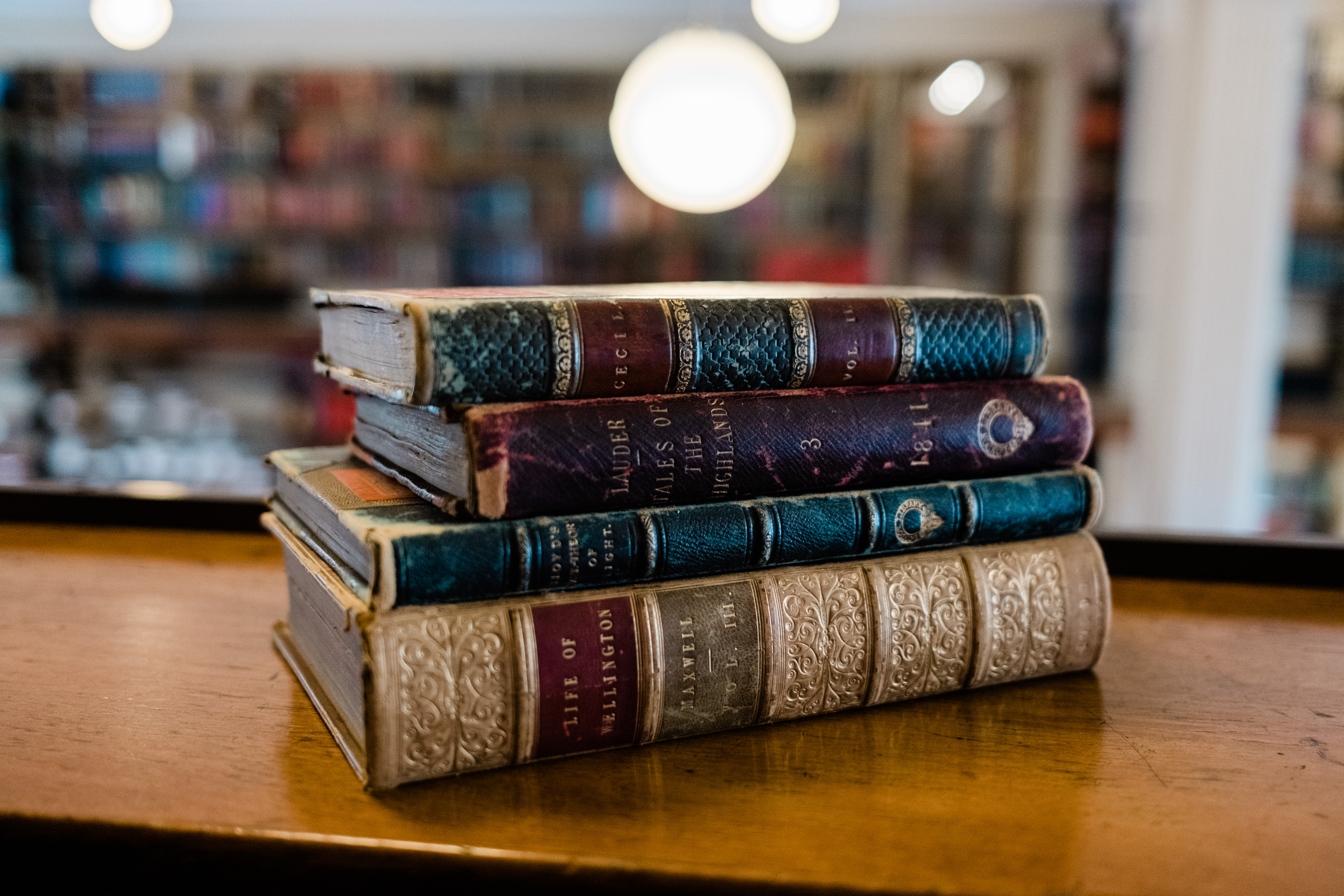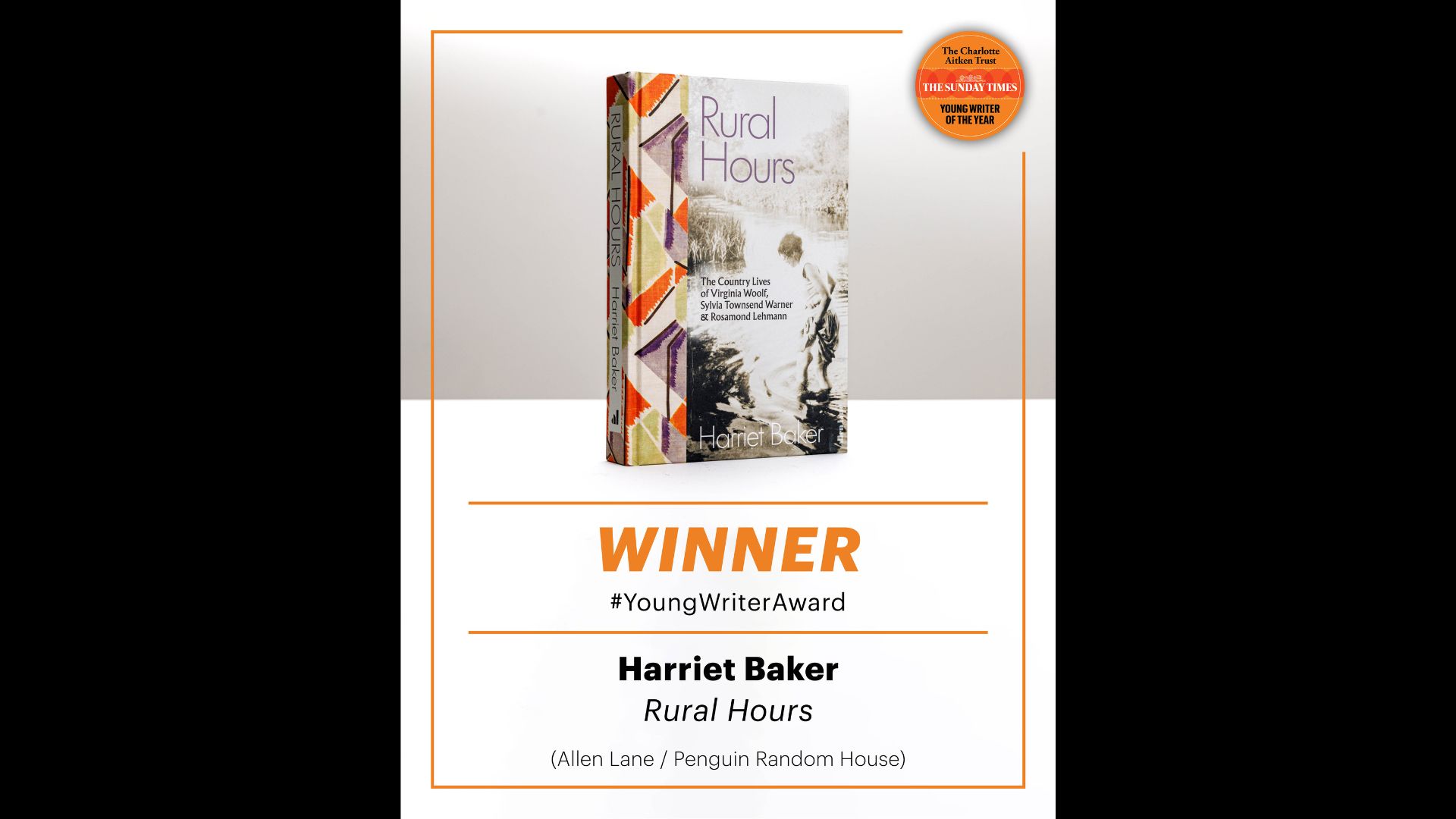As we edge towards Christmas Helen O’Neill, our Archive, Heritage and Development Librarian, takes a peek at Christmas advertisements in 1914 and looks at the depiction of the Christmas Truce both today and 100 years ago.
In the five days preceding 12 December 1914 the Post Office reported that 250,000 parcels had been sent to troops at the Front and the following week 200,000 more were despatched along with two and a half million letters. The Post Office increased its van fleet by half to cope with demand, and as rail services were disrupted by the war and vehicles were in scarce supply, post was transported in a range of conveyances including open cars and furniture vans.
So how did the recipients of these letters and parcels spend Christmas 1914? The Christmas Truce depicted in this year’s Sainsbury’s advertshows the point at which the fighting stopped during World War One and opposing sides met in a temporary peace in No-Man’s Land. The carol singing, handshaking, swapping of caps, cigarettes and mementos, and football all feature and are historically referenced in soldiers’ letters and diaries and newspaper reporting of the time. At the time of writing the advert has had a staggering 15,682,873 YouTube hits, and some criticism, but how was the truce illustrated in 1914 and what impact did the war have on advertising in the run up to Christmas 100 years ago?
Christmas adverts in the pages of The Times in December 1914 include household brands such as Boots, Perrier, Oxo, Bovril, Horlicks, Burberry’s, Moss Bros and Shell, to name a few, which capitalised on their presence and use at the Front. From Burberry fleece lined gabardine trench coats to Shell fuelling the ambulances of the Allied forces, the adverts are rich in detail, many using soldiers’ testimonies as proof of their efficacy. Acquasctuum, Burberrys and Moss Bros all advertised officer’s kit. Burberry used no less than six quotes from those on active service as endorsements, including this from A.D.P. of the 16th Battalion London Regiment: “All officers coming out for the winter should have a Burberry with detachable fleece lining and Gabardine overalls. They will be covered in mud the first hour in the trenches but Gabardine dries well and the mud drops off.”
If testimonies from the Front were not suitably persuasive Burberry had a secret advertising weapon in the shape of Antarctic explorer and national hero, Ernest Shackleton: “Gabardine is a lightweight weatherproof material of such remarkable warmth-maintaining powers that Sir E. Shackleton recently said nothing would induce him in polar regions to use any substitute even if the price of gabardine doubles and the substitute were offered free of charge.”
Benson’s advertised an “essential” part of an officers’ kit – an “active service watch” with fully luminous figures and hands so that the time could be seen at night. Boots ran several versions of an advert for its own brand of British cologne: White Heather and Jersey Castle under the header “No more German eau de cologne”. Food stuffs featured too. Oxo adverts claimed to be “exactly suited to the needs of our men at the Front – made in minutes and sustains with bread and a few biscuits for hours”. If a few minutes were not to be had, Horlicks Malted Milk tablets were advertised as “invaluable to any soldier in the field. Most efficient at relieving hunger and thirst and preventing fatigue”. Horlicks offered free post to the Front if the name, regimental number, brigade and division of the soldier was supplied. Bovril used a military metaphor in its advertising asking “Are your communications threatened? Build up the defensive forces of your body. Bovril is and has always been at the Front.” Paisley Flour addressed itself to mothers of sons on active service in an advert that encouraged the baking and sending of home-made cake to the Front:
“You could not offer your boy in camp or at the Front any greater treat than a good wholesome home-made cake like those he used to get at home. Send him one this week with Paisley Flour”
If cake, Perrier water and a waterproof gabardine failed to stave off colds Dr J. Collis Browne’s Chloradyne –a remedy for “coughs, colds, colic, ague and kindred ailments” claimed to do the trick:
“Next to the weapons he bears, the best safeguard of a soldiers’ life is a small bottle Dr Collis Browne’s Chloradyne…it is a medicine chest in itself…Every man on active service should have a supply.”
The Civil Service Supply Association advertised service kits and camp equipment but also “Gifts for the Troops“ which included small items such as tobacco, cigarettes, socks, mittens, mufflers, caps, chocolate, ointments, foot powder, pocket knives, postcards and pencils. Taken in their totality the adverts provide a grim picture of conditions at the Front.
So in these grim conditions how was the temporary, spontaneous and informal Christmas Truce (or more accurately Christmas truces) depicted in 1914? The truce featured in the pages of The Illustrated London News on 9 January 1915. In a remarkable double page spread on page 5 the meeting of German and British soldiers in No Man’s Land is rendered as an etching from a photograph with the following description:
“The spirit of Christmas made itself felt in at least one section of the trenches at the front, where British and German soldiers fraternised…during an informal and spontaneous truce there was ‘peace on earth and goodwill to all men’…British and Germans met and shook hands, exchanged cigars and cigarettes, newspapers and addresses and wished each other the compliments of the season…A group of British and German soldiers, arm-in-arm, some of whom had exchanged head-gear were photographed by a German Officer…Some of the British it is said visited the German trenches and an Anglo-German football match was even played…”
The cover page illustration of this edition is an image of a single German solider, approaching the British lines with a small illuminated Christmas tree and the caption: “The light of peace in the trenches”.
By the time these images appeared on 9 January 1914 The Times had already reported that friendly approaches by German soldiers to the British line were now being treated as acts of treason and no further informal and spontaneous truces would break out over the remaining four years of the war.
The Sainsbury’s advert does not show the burial of the dead or the work to shore up and repair trenches, which also happened during the period of the truce, but a photo which appeared in The Illustrated London News on Jan 9 1915 p. 55 showed trench repair along with a detailed commentary of the shared trench experience of British and German soldiers:
“The life led by the infantry on both sides at close quarters is a strange, cramped existence with death always near, either by means of some missile from above or some mines exploded from beneath: a life which has the dull monotonous background of mud and water. Even where there is but little fighting the troops are kept hard at work strengthening the existing defences and constructing others, improving the shelter which is imperative in such weather and improving the sanitary condition and communications of the trenches.”
On Christmas Eve 1981 a BBC2 documentary about the Christmas Truce was aired called Peace in No Man’s Land which was written and produced by Malcolm Brown and researched by Shirley Seaton. In the programme veterans present at the truce spoke about their experience. In the programme (which has a modest 5000 YouTube hits), an 84 year old veteran called Albert Morrow makes a simple but profound observation. He was a 17 year old private in the Queen’s Regiment when he took part in the truce and his observation captures the essence of why the informal and spontaneous Christmas Truce of 1914 continues to resonate in the popular consciousness 100 years on:
“If the truce had gone on and on there’s no telling what could have happened, it could have meant the end of war, after all they didn’t want war and we didn’t want war, and it could have ended up by finishing the war altogether.”


